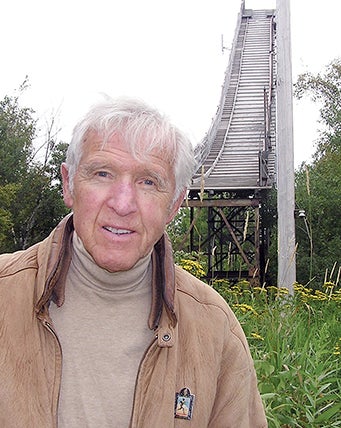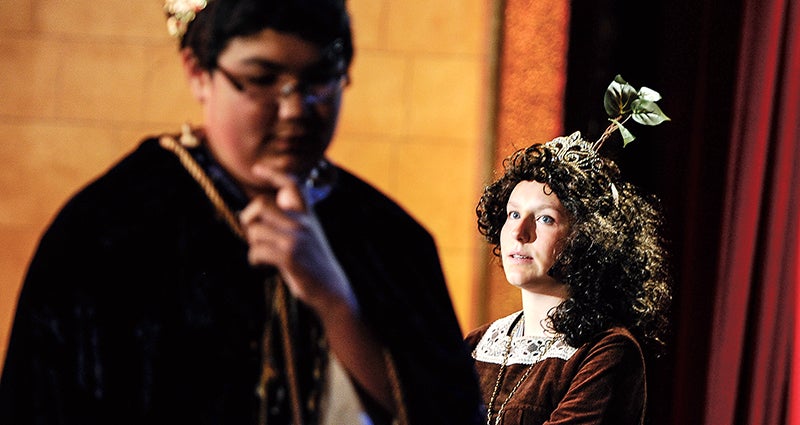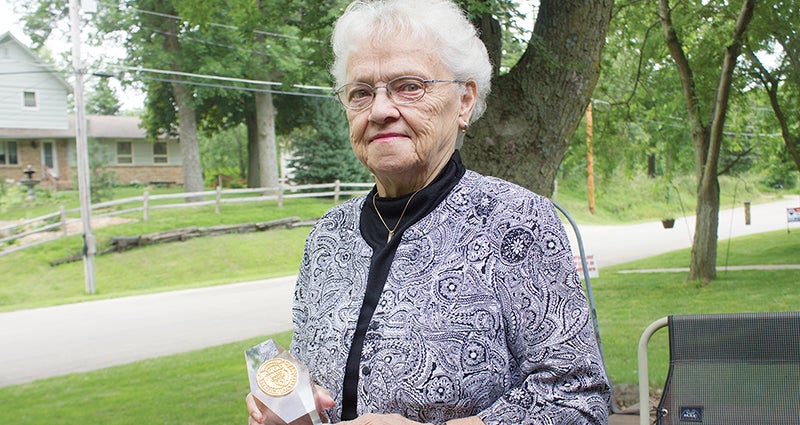Ski jumps that launched Olympians torn down
Published 10:11 am Wednesday, August 20, 2014
By Dan Kraker,
MPR, 90.1
DULUTH — George Hovland will never forget the first time he scaled one the first ski jump at the the Chester Bowl park.
At 11, Hovland climbed one of the towering jumps with a group of friends, skis in hand. Terrified and exhilarated, he prepared for a descent that would launch him on the ride of a lifetime — all the way to the 1952 Winter Olympics.
“It was one of these things — ‘John, you go first; no, you go first; no, you go first,’” he recalled. “We finally convinced, by actually muscling him over, and pushed him down, and he survived, and so the rest of us thought well if he can, we can.”
On Sunday, Hovland, 88, trudged one last time up a long flight of now-dilapidated wooden steps. He wanted one more close-up view of the ski jumps before demolition crews took the towering pieces of Duluth’s history down this week.
The two ski jumps, built in 1924 and 1969, served as early training ramps for a generation of Olympic ski jumpers. But they haven’t been used for nearly a decade as children exchanged their jumping skis for snowboards and other pastimes.
“The best way I can convey my feeling is outrage and [sadness],” said Hovland, who was part of a remarkable run of Olympians who got their start in Chester Bowl. “It’s like losing an old friend.”
In the 1952 Olympics he competed in the Nordic Combined, an event that couples ski jumping with cross-country skiing.
On Monday, an excavator pulled apart the spindly steel legs and wooden boards of the ski jump known as Little Chester. Duluth community relations officer Paula Reed said she understands the emotional connection many in Duluth feel to the jump, along with the ramp known as Big Chester next to it. But she said leaving them standing would have been too big a risk.
The city removed the lower parts of the jumps three years ago, she said, but daredevils would still climb them.
“I do think that liability is one of the biggest issues, because yes the city would be held liable,” Reed said. “And I guess we’re at the point where we don’t want to wait until something like that happens, because then somebody would say, ‘why didn’t you do something sooner?’”
Hovland wishes the city would have installed a security fence around one of the jumps and kept it standing. He argues the jumps were more stable than the city acknowledged.
Reed, however, said a 2012 study found the jumps were not structurally sound, and it would have cost about $1 million to restore them.
“We’re erring on the side of caution,” she said. “We’re doing something we know is not incredibly popular, but I think it is the best decision at this particular time in this particular situation.”
Duluth’s ski jumps haven’t been used in competition since 2005, long after Hovland and his friends scaled them.
They also bring back fond memories for Greg Swor, who grew up nearby in the 1950s and 60s.
“When I was young, there was a waiting line to go down the ski jumps, especially on a weekend,” said Swor, who at 6 made his first jump.
“You’re bullet proof when you’re six or seven,” he said. “You have no fear; you haven’t gotten hurt yet.”




